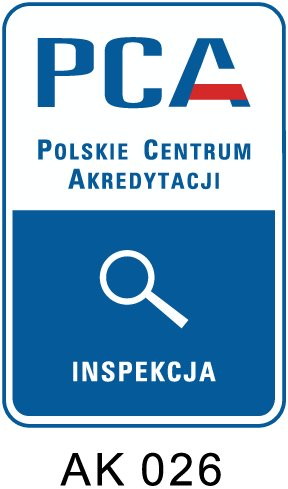Our service
ETV Body-IETU offers a verification service for innovative technologies (processes, products, and services) in the water and wastewater sector, materials, waste and resources, and energy technologies under the Environmental Technology Verification (ETV) system.
Water treatment and monitoring
- technologies for monitoring of water quality for microbial and chemical contaminants (e.g. test kits, probes, analysers),
- treatment of drinking water for microbial and chemical contaminants (e.g. filtration, chemical disinfection, advanced oxidation) and desalination of seawater,
- treatment of wastewater for microbial and chemical contaminants (e.g. separation techniques, biological treatment, electrochemical methods, small-scale treatment systems for sparsely populated areas),
- treatment of industrial water (e.g. disinfection, filtration, purification).
Materials, waste and resources
- recycling of industrial by-products and waste into secondary materials, recycling of construction waste into building materials (e.g. reworking of bricks), recycling of agricultural waste and byproducts for non-agricultural purposes,
- improved resource efficiency through material substitution,
- separation or sorting techniques for solid waste (e.g. reworking of plastics, mixed waste and metals), materials recovery,
- recycling of batteries, accumulators and chemicals (e.g. metal reworking technologies),
- reduction of mercury contamination from solid waste (e.g. separation, waste mercury removal and safe storage technologies),
- products made of biomass (health products, fiber products, bioplastics, biofuels, enzymes).
Energy technologies
- production of heat and power from renewable sources of energy (e.g. wind, sea, geothermic and biomass),
- reuse of energy from waste, biomass or by-products (e.g. 3rd generation biofuels and combustion technologies),
- generic energy technologies (e.g. micro-turbines, hydrogen and fuel cells, heat pumps, combined heat and power production, heat exchangers), distribution, energy storage,
- energy efficiency in industrial processes and in buildings (e.g. thermal envelope, wall insulation, energy efficient windows,heating, ventilation and air conditioning systems).
The result of the verification is confirmed by a Verification Statement, which holds the status of an inspection body certificate, specifying the validated performance parameters of the technology and its achieved environmental effect. The ETV Verification Report contains detailed information on the verification process, the verified performance parameters, and the methods used for their verification.
ETV verification is particularly beneficial for technologies whose innovative features cannot be demonstrated due to the absence of relevant standards or for those that perform more efficiently than the existing standards.
Our verification service meets the highest standards in terms of both impartiality and quality assurance, as guaranteed by:
-
PCA accreditation in compliance with PN-EN ISO/IEC 17020 for a Type A inspection body (PCA Certificate AK026),
-
a verification procedure compliant with ISO 14034,
-
the quality of test data used for verification, meeting the requirements of ISO/IEC 17025.



